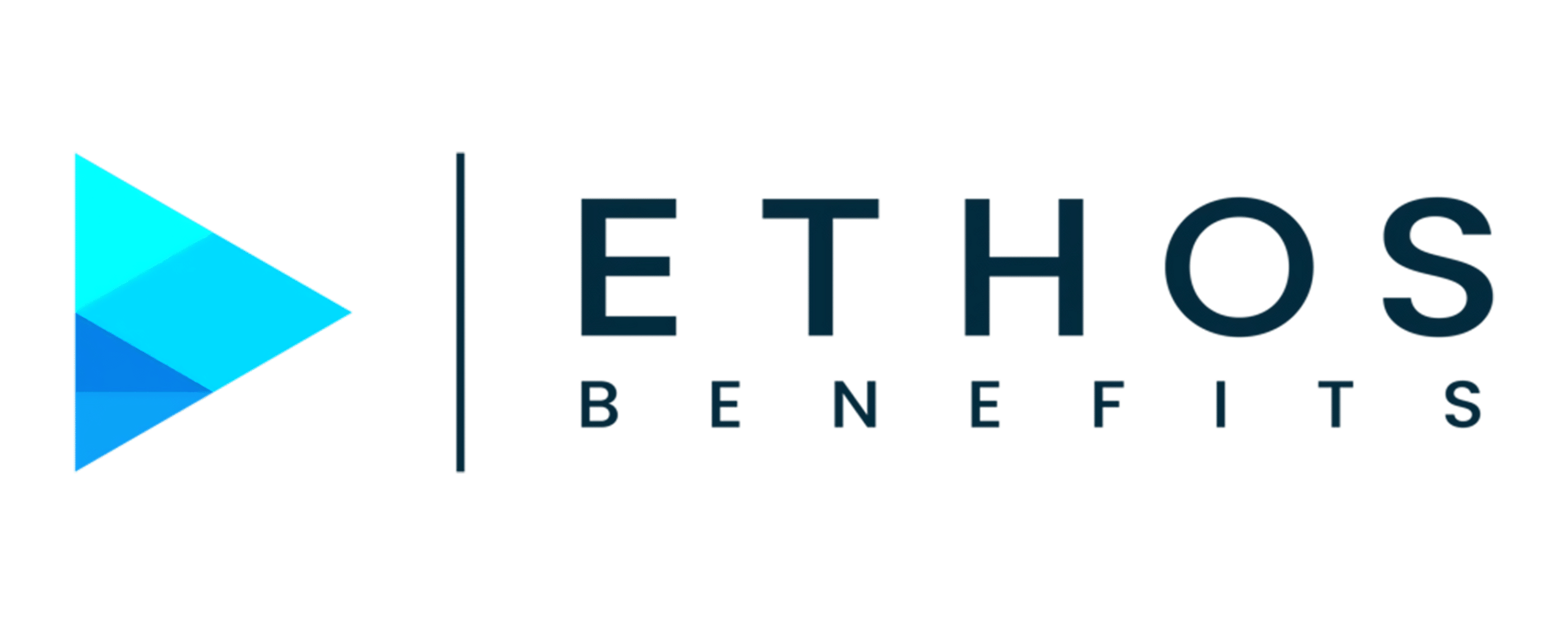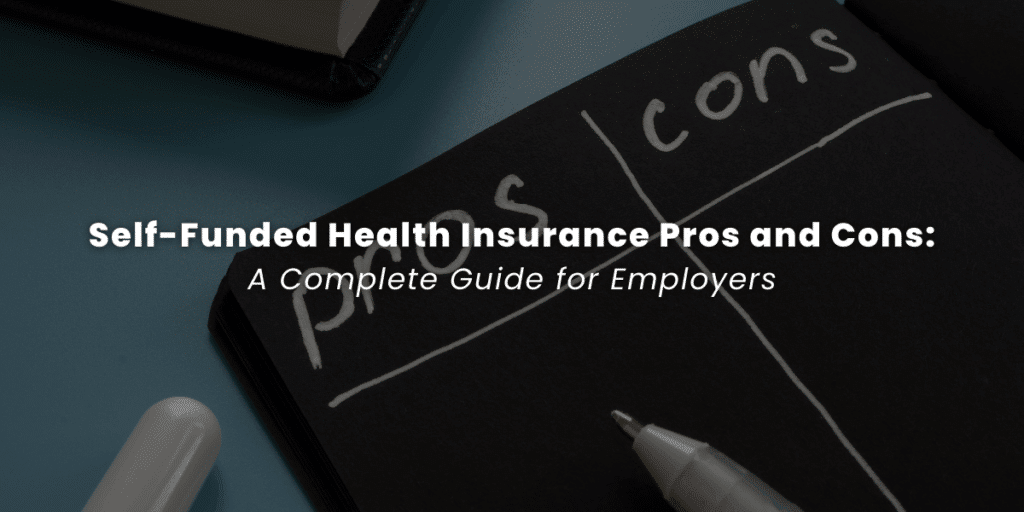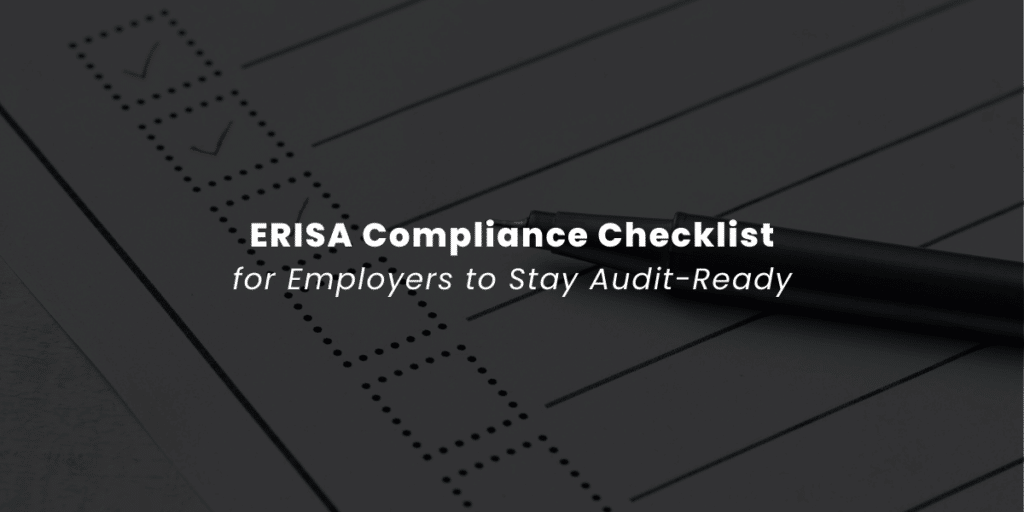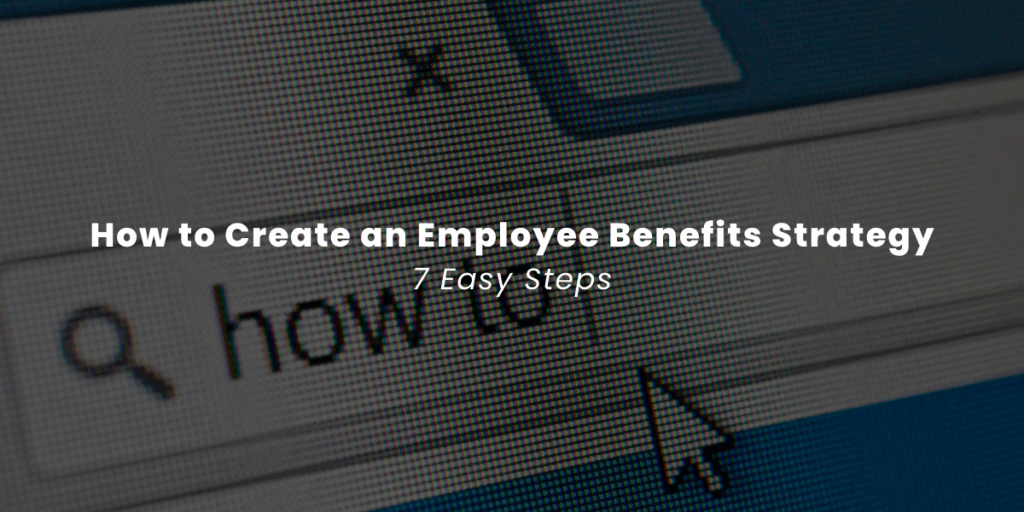In addition to your other CFO or HR responsibilities, you’re now in charge of finding and implementing the employee benefits program for your company. First, congratulations! This is a powerful position to be in where you can truly impact your employees’ financial, physical, and emotional well-being. Secondly, I want to offer one piece of unsolicited advice for a mistake I have repeatedly seen new decision-makers make.
One Mistake: You’re Benchmarking Your Plan but Intentionally Withholding Data
You’ve decided to do your due diligence on your Broker and your Healthcare strategy and have asked an outside Consultant to put together a proposal for your renewal. You are provided with a large Data Request from the Consultant’s marketing team. Instead of tracking down all information, you decide that they should come to you with their best offer and intentionally hold back information.
A couple of years ago, I was asked to provide a proposal for a manufacturing company in the Northern United States with 350 employees. My team gladly accepted the request and put together our customary Data Request so we could produce our final recommendation. This request was met with intense pushback from the CFO, who was spearheading the benchmarking campaign for renewal. He said, “Do the best you can with what you have. I will not provide any further information.” We were missing critical pieces of information like High Claimant Reporting and Prescription Data. He knew of a few employees with chronic illnesses and believed that those conditions would ruin his plan financials, so he decided that unknown risk would be better than his known risk. We explained to him that this wouldn’t put us, him, or his employees in a good position for a competitive offer, but he told us to take it or leave it, and this is how he has shopped for health insurance for 20 years. So, we took it…
This CFO thought this was like shopping for personal car insurance, where you can go to three different carriers and demand their best price.
Shopping for your group health insurance plan, especially if you have over 100 employees, is NOT a transactional process, and you should not want it to be.
Providing the marketing carriers with as much information as possible on your population is critical to ensure a successful long-term strategy.
If you withhold information, what seems like a positive outcome will undoubtedly turn sour in year two. For example, a carrier may choose to “buy” your business, coming in low this year, with the intention of making up for their loss in future years. Companies prefer to avoid moving carriers two years in a row, so this is a bet that favors the carrier. How do you know if this is happening? The claims funding on the rate factors is much lower than it should be. Basically, they offered you a proposal that had lower rates because you are “underfunding” your claims. So, when you exceed their offered claims funding in year one, they will pass along a hefty increase and statistics showing how “high” your claims were and how much they were billed for your excess claims. Make sure your claims funding is at least 40% of the monthly premium.
If you withhold information, your risk may look good, and justifiably, you are provided a low offer that you can’t pass up. The claims funding is done right, and there was no intention to buy the business in year one; it was a good offer based on the information on hand. The stop loss was designed for known risk. Throughout the year, the claims are much higher than the stop loss anticipated, and the claims fund, although funded appropriately based on the risk provided, wasn’t high enough for the chronic conditions or medications needed by employees. The right programs were not put in place to control these claims. This will absolutely result in a large stop-loss renewal increase. The healthcare strategy could have been designed appropriately if the conditions were known.
Most stop-loss carriers are conservative. This means that the less they know about the risk, the bigger cushion they’ll build to ensure they experience a manageable loss. In real-time, this will look like you aren’t receiving any competitive offers.
THIS is exactly what happened with the CFO in my example. We came to the meeting with a proposal slightly under his renewal. He was upset and said we wasted his time and should be able to get better numbers like the case studies we provided him earlier. He said he saw online that we were doing amazing work, and this was not amazing work. Despite explaining that data is power and that if you have bad claims, we need to design a plan that is tailored to control the cost of those claims, he told us never to call him again.
My lesson in this story is to never go through the work of benchmarking a prospective employer if they aren’t willing to help you do your best work. We did the best work we could with what we had, but ultimately, our values weren’t aligned, and we should have walked away from the opportunity at the first point of resistance to sharing data.
This CFO ended up renewing as is and taking a double-digit increase that year. After a quick search on the 5500, this trend happened again the following year. Their employees are significantly overpaying for the coverage they have, and the power to change it is in the hands of someone unwilling to learn and evolve.
The big takeaway is that if you properly disclosed the risk, the right solutions could be implemented to mitigate it. Controlling the cost of claims is the only way to lower your premiums. Stay educated and boldly impact the lives of your employees and their families as a result. As cheesy as it is, honestly, it’s also the best policy when benchmarking your healthcare plan.
